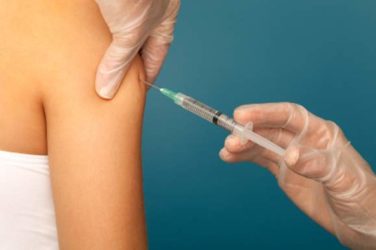FROM THE CRITICAL CARE CONGRESS
Comatose children who survived cardiac arrest in the hospital do not benefit more from treatment with therapeutic hypothermia than from keeping their body temperatures normal, according to results from a randomized trial conducted in 37 hospitals in three countries.
The findings were presented in Honolulu at the Critical Care Congress, sponsored by the Society for Critical Care Medicine, and published online Jan. 24 in the New England Journal of Medicine (2017 Jan 24. doi: 10.1056/NEJMoa1610493). They add to a growing consensus from adult studies that the use of induced hypothermia to prevent fevers and neurologic injury after cardiac arrest does not confer additional survival or functional benefit over normothermia. Less was known about children, particularly those whose cardiac arrest occurred in a hospital setting.
Frank W. Moler, MD , of the University of Michigan, Ann Arbor, led the study, which randomized 329 comatose children, from newborns to age 18 years, to either 120 hours of normothermia (target temperature, 36.8° C) or 48 hours of hypothermia (33°) followed by normal temperature maintenance to 120 days following an in-hospital cardiac arrest.
Fever prevention in both groups was achieved through active intervention, with hypothermia-treated patients also having been pharmacologically paralyzed and sedated. The investigators used the Vineland Adaptive Behavioral Scales to measure neurobehavioral function, with a score of 70 or higher deemed indicative of good function.
The study’s primary outcome was survival at 12 months after cardiac arrest and a favorable neurobehavioral outcome. In the 257 children with scores of 70 or higher before cardiac arrest, no significant differences were seen between the two different groups, with 36% of the hypothermia-treated patients (48/133) and 39% of normothermia-treated patients (48/124) surviving with a favorable neurobehavioral outcome (relative risk, 0.92; 95% confidence interval, 0.67-1.27; P = .63). In 317 children who could be evaluated for changes in neurobehavioral function, the changes from baseline between groups did not reach statistical significance (P = .70), and 1-year survival also did not differ significantly (49% for hypothermia-treated vs. 46% for normothermia; RR, 1.07; 95% CI, 0.85-1.34, P = .56). Adverse events did not differ significantly between groups.
The trial was stopped early for futility, leaving fewer than the hoped-for number of patients available for analysis, and wider confidence intervals. However, the investigators said their hypothesized 15 percentage point benefit for hypothermia treatment could be ruled out. Dr. Moler and his colleagues wrote in their analysis that unanswered questions remain regarding the role of body temperature interventions in this population, noting that different duration of treatment, different temperatures, and combination of temperature management with neuroprotective agents are worth considering for future studies. Dr. Moler and his colleagues’ study was funded by the National Heart, Lung, and Blood Institute. Four of its 49 coauthors disclosed commercial conflicts of interest.




